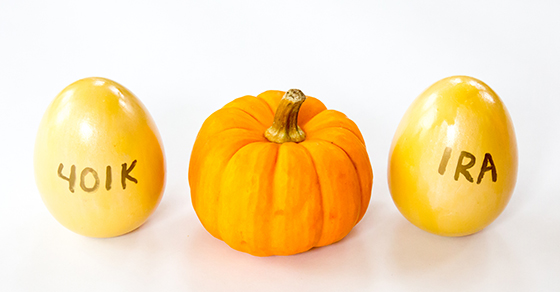Weekly Tax Brief
Tax-smart options for your old retirement plan when you change jobs
- Details
- Published: 05 October 2016 05 October 2016

There’s a lot to think about when you change jobs, and it’s easy for a 401(k) or other employer-sponsored retirement plan to get lost in the shuffle. But to keep building tax-deferred savings, it’s important to make an informed decision about your old plan. First and foremost, don’t take a lump-sum distribution from your old employer’s retirement plan. It generally will be taxable and, if you’re under age 59½, subject to a 10% early-withdrawal penalty. Here are three tax-smart alternatives:
- Stay put. You may be able to leave your money in your old plan. But if you’ll be participating in your new employer’s plan or you already have an IRA, keeping track of multiple plans can make managing your retirement assets more difficult. Also consider how well the old plan’s investment options meet your needs.
- Roll over to your new employer’s plan. This may be beneficial if it leaves you with only one retirement plan to keep track of. But evaluate the new plan’s investment options.
- Roll over to an IRA. If you participate in your new employer’s plan, this will require keeping track of two plans. But it may be the best alternative because IRAs offer nearly unlimited investment choices.
If you choose a rollover, request a direct rollover from your old plan to your new plan or IRA. If instead the funds are sent to you by check, you’ll need to make an indirect rollover (that is, deposit the funds into an IRA) within 60 days to avoid tax and potential penalties.
Also, be aware that the check you receive from your old plan will, unless an exception applies, be net of 20% federal income tax withholding. If you don’t roll over the gross amount (making up for the withheld amount with other funds), you’ll be subject to income tax — and potentially the 10% penalty — on the difference.
There are additional issues to consider when deciding what to do with your old retirement plan. We can help you make an informed decision — and avoid potential tax traps.
© 2016





